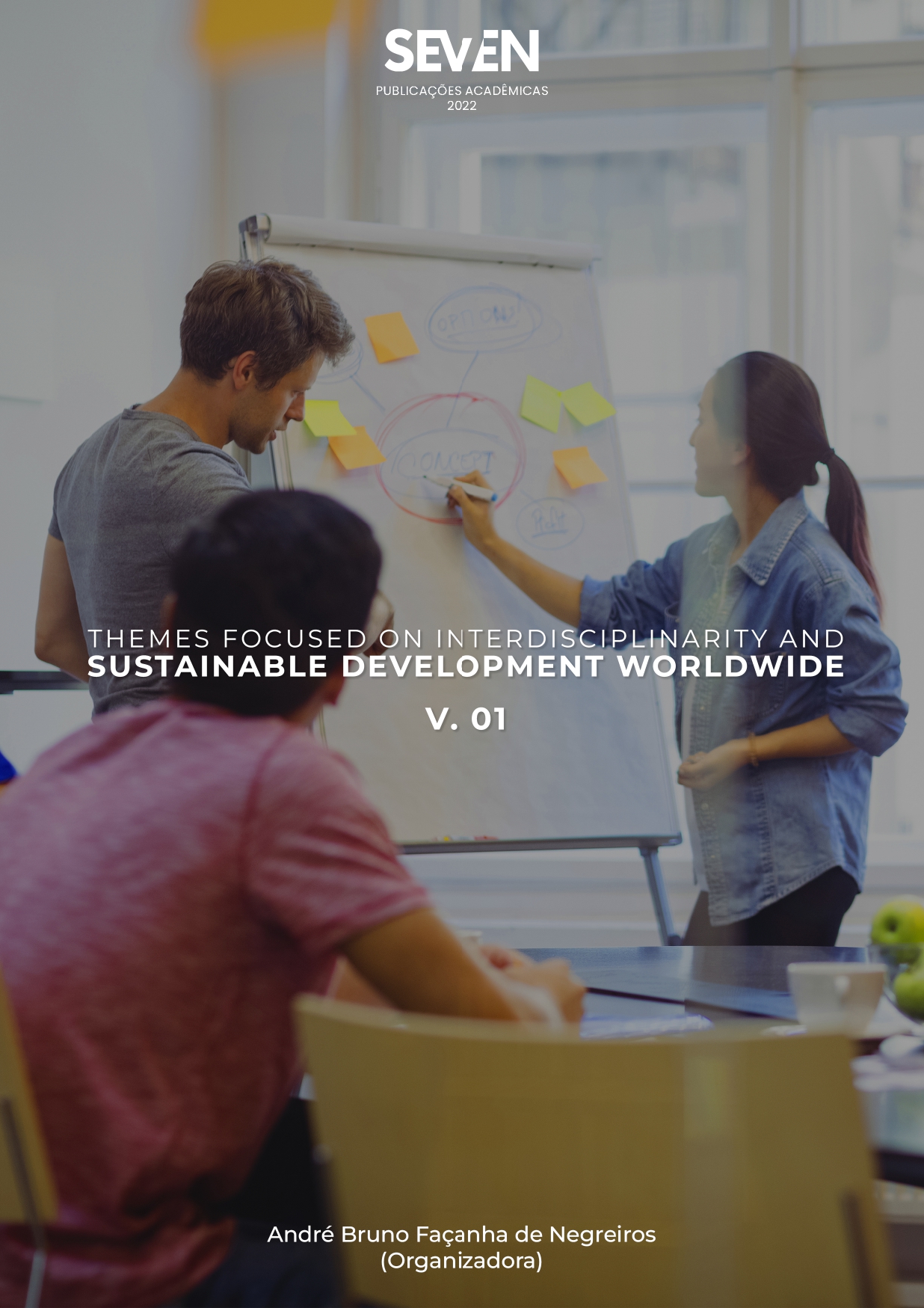Benefits of the application of silicon in plants
Keywords:
Plant resistance, Insect pest, Pathogenic fungi, Soil fertility, Plant nutritionAbstract
Given the current context of the strong use of agricultural pesticides, sustainable forms are sought so that plants can create defense mechanisms for pathogenic fungi and insect pests. For this, it is necessary that they are in excellent nutritional status, being fundamental a nutrition with macro and micronutrients, and also with beneficial nutrients, according to the demand of each plant. Silicon is classified as a beneficial nutrient, which can confer greater stiffness to plant cells, greater resistance to bed, better tolerance to water stresses, salinity and toxicity of heavy metals, greater resistance fungi and insect pests , in addition to increasing the production of various trees. The element is generally available in the soil, but if necessary, fertilization via incorporated soil, foliar or fertigation may occur. Therefore, the objective of this work is to perform a bibliographic review on the influence of silicon on plant production. Furthermore, it is desired to verify the importance of silicate fertilization for large crops, resulting in economic and management benefits in agriculture. In view of the above, techniques that seek an efficient management in the s and sustainable cultures to the environment, such as the case of fertilization in a conscious way, are necessary in the search for higher yield, given the growing demand for food.
Downloads
Published
Issue
Section
License
Copyright (c) 2023 Júlia Letícia Cassel, Tamara Gysi, Gabriele Molinari Rother, Bruna Dalcin Pepper, Rodrigo Luiz Ludwig, Daniela Batista dos Santos

This work is licensed under a Creative Commons Attribution-NonCommercial-NoDerivatives 4.0 International License.





